
JAVA BACKEND TECHNOLOGY
The Java back end is responsible for everything that occurs in the background. The website’s server side is known as the backend. It organizes and stores data and ensuresthat the client side of the website functions properly. It is a section of the website that is hidden from view and inaccessible. It’s the part of the program that doesn’t interact directly with users. Through a front-end application, users can indirectly access the features and components created by backend designers. The backend also includes tasks like building libraries, writing APIs, and interacting with system components devoid of user interfaces or even scientific programming systems.
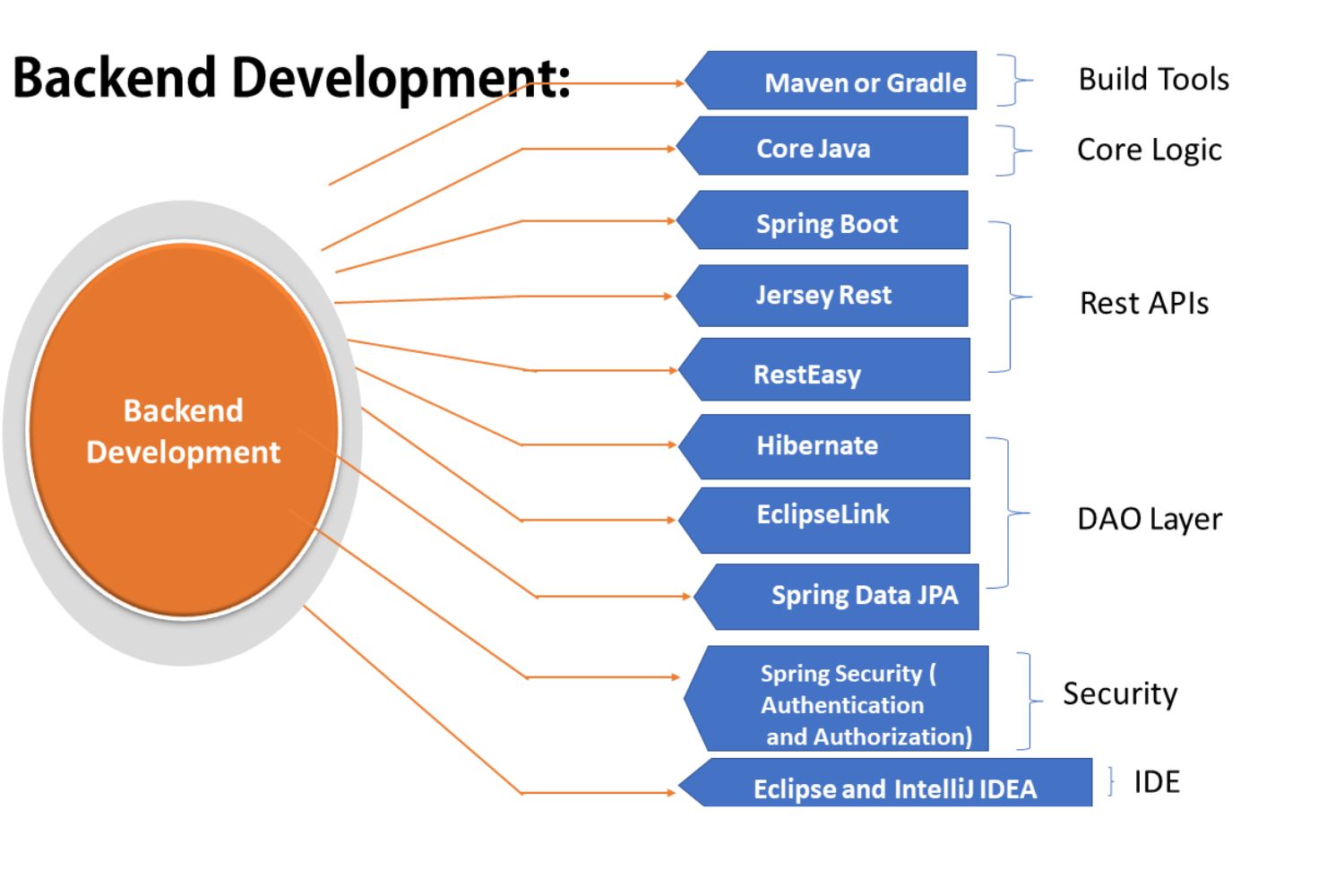
Back End Languages:
The back-end portion is built by using some languages which are discussed below:
PHP: PHP is a server-side scripting language designed specifically for web development. Since PHP code is executed on the server side, it is called a server-side scripting language.
C++: It is a general-purpose programming language and is widely used nowadays for competitive programming. It is also used as a backend language.
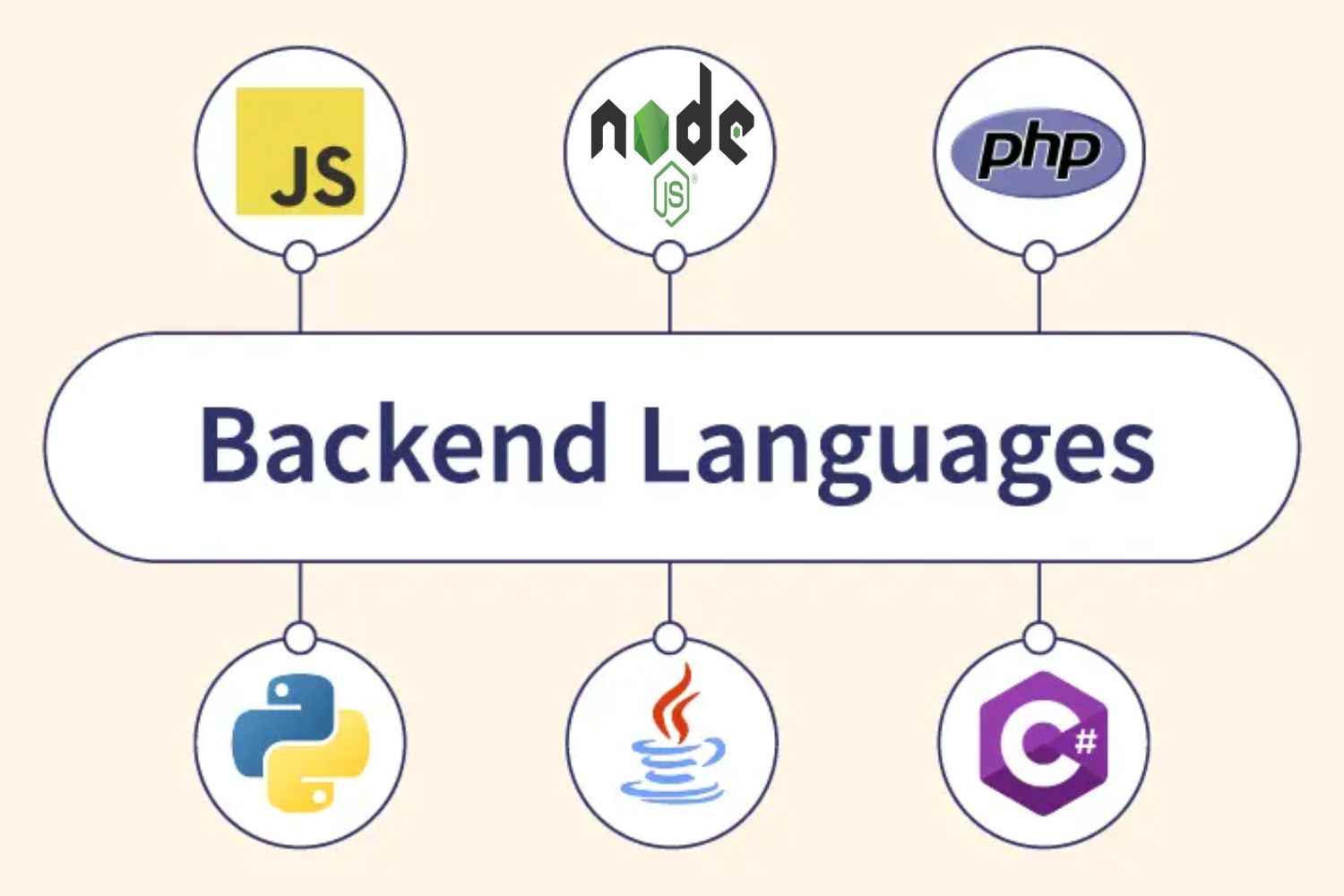
Java: Java is one of the most popular and widely used programming languages and platforms. It is highly scalable. Java components are easily available
Python: Python is a programming language that lets you work quickly and integrate systems more efficiently. It is also a very important language for the back end.
Node.js: Node.js is an open-source and cross-platform runtime environment for executing JavaScript code outside a browser. You need to remember that Node.JS is not a framework, and it’s not a programming language. Most people are confused and understand it’s a framework or a programming language. We often use Node.js for building back-end services like APIs like Web App or Mobile App. It’s used in production by large companies such as PayPal, Uber, Netflix, Walmart, and so on.
Back-End Frameworks:
Express – Express is a Node.js framework used for backend/server-side development. It is used to build single-page, multi-page, and hybrid web applications. With its help, you can handle multiple different HTTP requests.
Django – Django is a Python web-based framework, following the model-template-views pattern. It is used to build large and complex web applications. Its features include being fast, secure, and scalable.

Ruby on Rails – Ruby on Rails is a server-side framework following the model-view-controller architecture pattern. It provides default structures such as web services, web pages, and databases.
Laravel – Laravel is a web application framework for PHP and is robust. The feature which makes it perfect is reusing the components of different frameworks for creating a web application.
Spring – This server-side framework provides infrastructure support for Java applications. It acts as a support to various frameworks like Hibernate, Struts, EJB, etc. It also has extensions that help in developing Java applications quickly and easily.
Some more back-end programming/scripting languages are C#, Ruby, GO, etc.
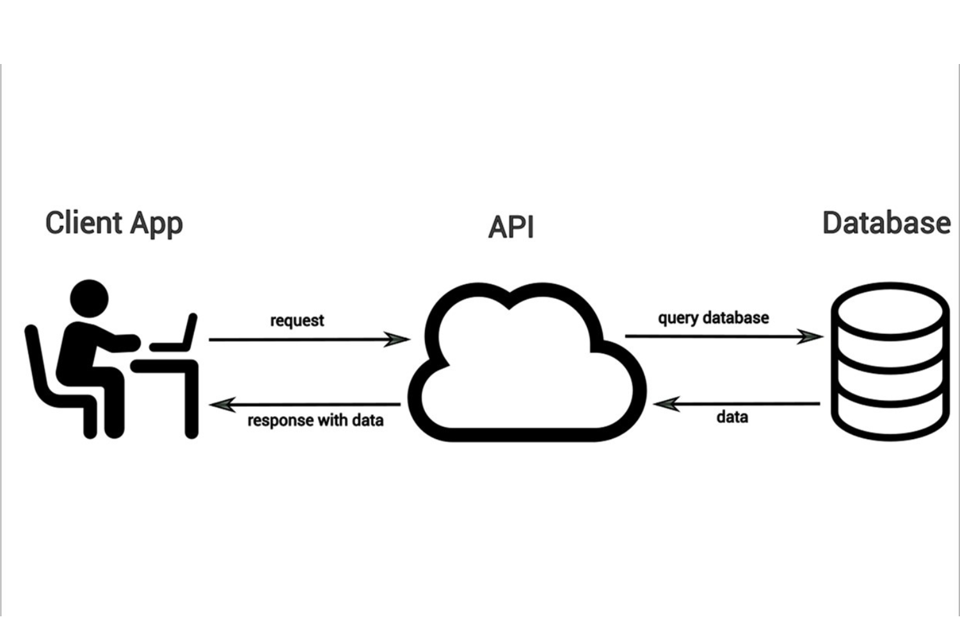
Working:
Java In Backend Development:
Backend development is known as server-side development, which refers to the technical aspects of an application. For example, filling a form, making a purchase, etc., the behind-the-scenes of such activities refer to server-side development.
A backend developer works with the following:
Databases and cache, Server, API (REST & SOAP), Web development languages such as Java, PHP, etc.
Java is an excellent language for backend development trusted by many big tech companies such as LinkedIn, Netflix, Twitter, etc. It is a distinct language that is known to most backend developers worldwide
Benefits:
1.The Programming Language for the Enterprise:
The most widely used programming language for creating web and enterprise applications is Java. Enterprise-grade applications require a technology stack to manage their demanding performance requirements.
Java back end development proves to be beneficial in ensuring data confidentiality for enterprise apps, which also require strong security.
2. The Ease of Coding
The coding ease defines how simple a programming language is. This holds for Java as well. Because it has less ambiguous syntax terminology, anyone can start with Java with fundamental programming principles
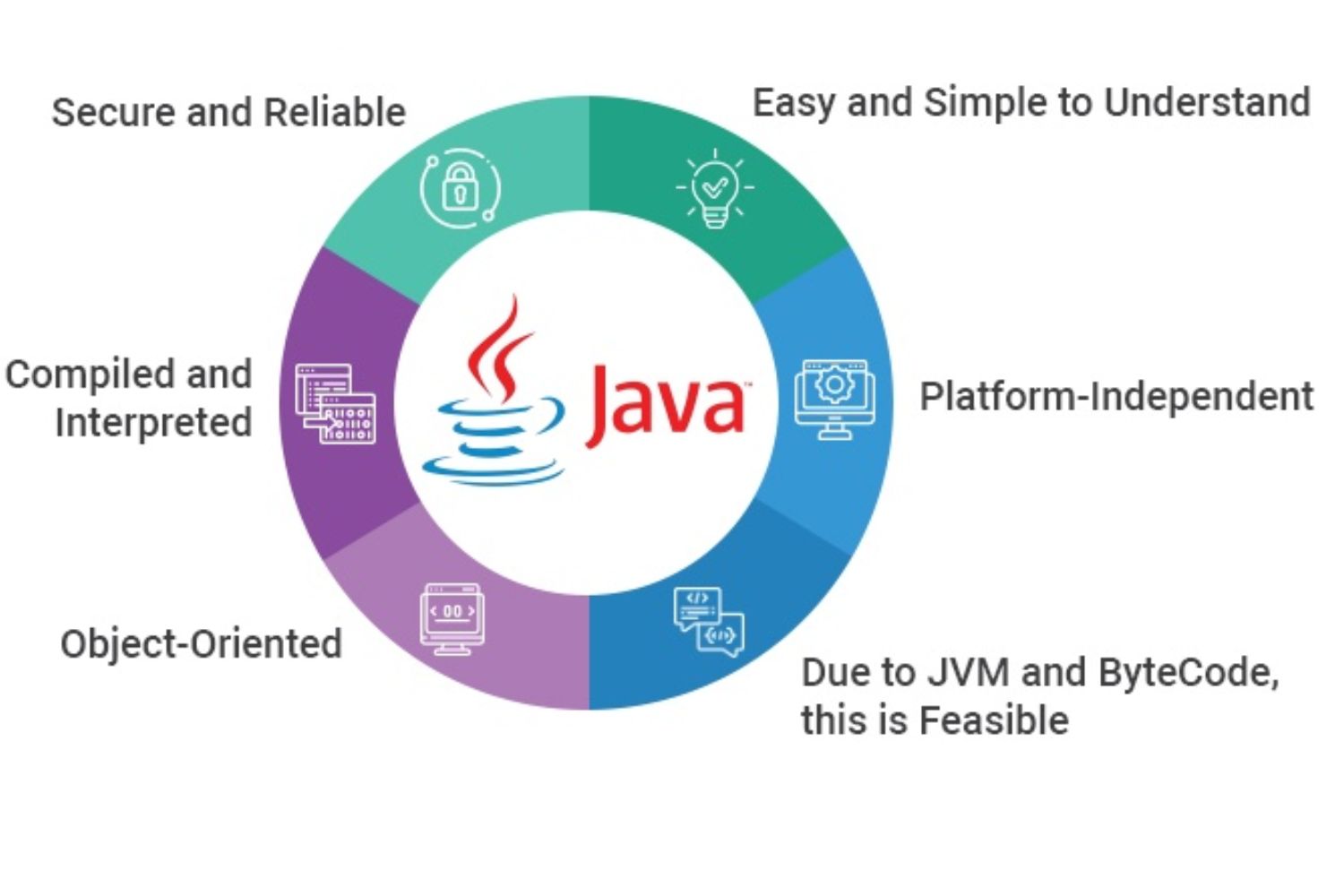
3.Object-Oriented Programming Language:
Being an Object Oriented Programming Language, it has various concepts that are relatable. Java back end has become a more accessible, flexible, modular, and extensible language.
Java supports principles like Data Abstraction, Polymorphism, Encapsulation, Overloading, and Inheritance. According to the backend web developers, this makes the language as powerful as C++.
4.Simplicity:
Java back end is one of the easiest languages to learn and has been used by developers for more than 20 years. Its less confusing syntax terminology is derived from C++. Anyone who is familiar with the foundational ideas of programming can pick up Java quickly and get started using it.
Job Roles:
1. Junior Java back end Developer (Lower Level)
2. Senior Java back end Developer (Middle Level)
3. Lead Java back end Developer (Higher Level)
Expected Package In Java Front end :
Salary is an essential part of any job but with a good salary, one has to have good experience too. Top level companies are in search of good Front end Java Developer. So it ranges between 13LPA- 35LPA.
Technologies Used:
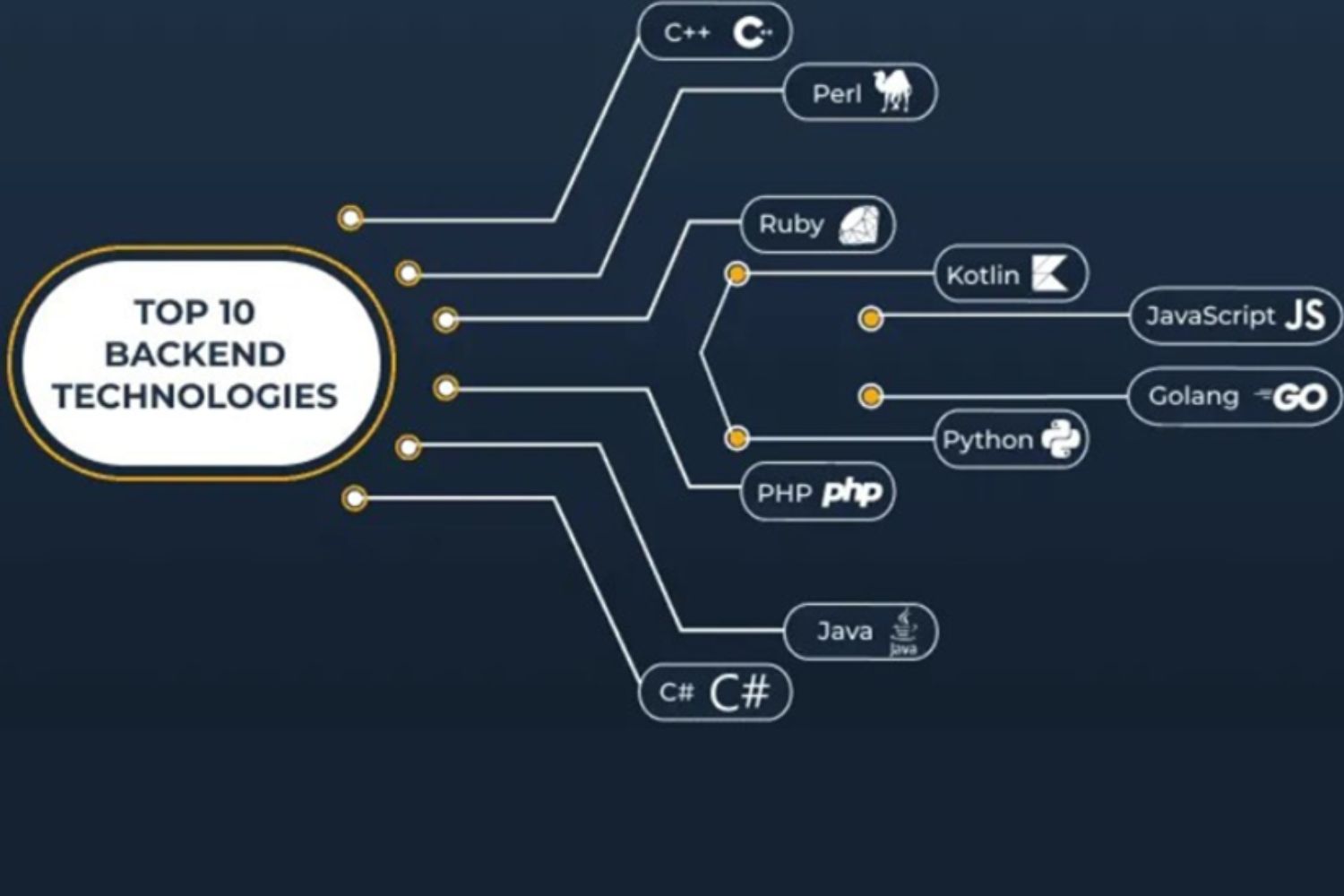
1. Spring
2. Hibernate
3. Apache Struts
4. Apache Maven
5. Apache Tomcat
6. Laravel
7. Node.js
8. Django
9. PHP
10. Golang
11. Scala
12. ASP.NET
13. Ruby on Rails
Course Highlights/ Details:
The Java Backend Technology course by SCODEEN Global brings you numerous benefits and perks.
1. Suited for students, fresher’s, professionals, and corporate employees
2. Live online classes
3. 4-month program
4. Certificate of completion
5. Decision Oriented Program of Analysis
6. Live Classes by highly experienced faculties
7. Hands-on experience with real-life case studies.

Conclusion:
Java remains a powerhouse in back-end development. It offers a combination of platform independence, robustness, and a mature ecosystem.
Its advantages, such as platform independence, strong performance, and security features, make it an attractive option for a wide range of projects. However, it’s crucial to evaluate alternatives based on the specific requirements of your project.

